A painted portrait can be more psychologically insightful and accurate than a photograph. That is not to say that every portrait achieves this, but to bring a unique insight into the presentation of the subject is the goal.
Some subjects are more superficially compelling and “better” subjects than others, but every subject is unique and portraying anyone brings a unique challenge. When I have a chance to paint a portrait of someone I personally admire, that’s the best challenge.
I try to say more in my painting than can be accomplished by a photograph. I prefer to work from life, although for illustration work I usually work from reference photographs by necessity.
If the model is available, I always try to do at least part from life whenever possible, most often this is the case with private portrait commissions, which make up a relatively small but growing part of my work. When I use photographs, I absolutely prefer to work from those I take myself as opposed to those provided to me by other photographers or even the sitter. The act of shooting reference photographs, like painting from life, can build a rapport and give the artist insights into the sitter. These insights can be more valuable than the actual photos because they provide an objective for the project.
Looking at the model and the situation to be depicted as a whole, not just as a series of isolated technical problems is really the best way to resolve the many challenges one encounters when painting a portrait. Harmony is one of the goals, that means seeing the painting in a holistic way, so I try to work that way. Every part of making a portrait painting is challenging and all those challenges are interrelated.
The eyes effect the perception of the mouth, the mouth, effects the shape of the face, the environment, the interaction of the hands, and so on. I would say that achieving harmony overall from corner to corner is the greatest challenge, and when it all works that’s when you have the foundation of a good portrait.
Insight is the other ingredient.
Technically, I have a mantra which I teach my students, and upon which I fall back. It is “Value, Drawing, Edges”. As I tell students, those three words encapsulate most of what makes a painting work. You have to say them in order- that’s
why they are a mantra. A secondary mantra might be “Rhythm and counter-rhythm”. A third might be “color”. But none of these are as important as bringing some understanding of the subject and personal insight into the painting.
Some people “look different’ in photographs than they do in real life. We all know this, one thing that is important is to figure out is what makes a person look like they do, and how to get that thing into a painting. It might not be something that is apparent on their surface- that is why a photograph, however good, often captures a different reality. In a way, the painting represents a parallel perception of the model from what a photo can reveal. I am satisfied when the painting feels like the sitter to me.
That is not to say that I always accomplish this, but that is the goal.
I also of course have to make it feel like the sitter to others, including the model- that’s where it gets tricky. This is why it is best to know the model through that knowledge one gains insights and begins to see them in unique way but also in the way
that others, including the model, do.
It’s an honor and great responsibility to be given a portrait commission. It means applying all the
accumulated knowledge you have to the problem – and much of that knowledge may not be technical
“know-how” about painting process. Above all, personal insight, not technical ability, is what makes a
painting potentially great. And that’s the goal, right?


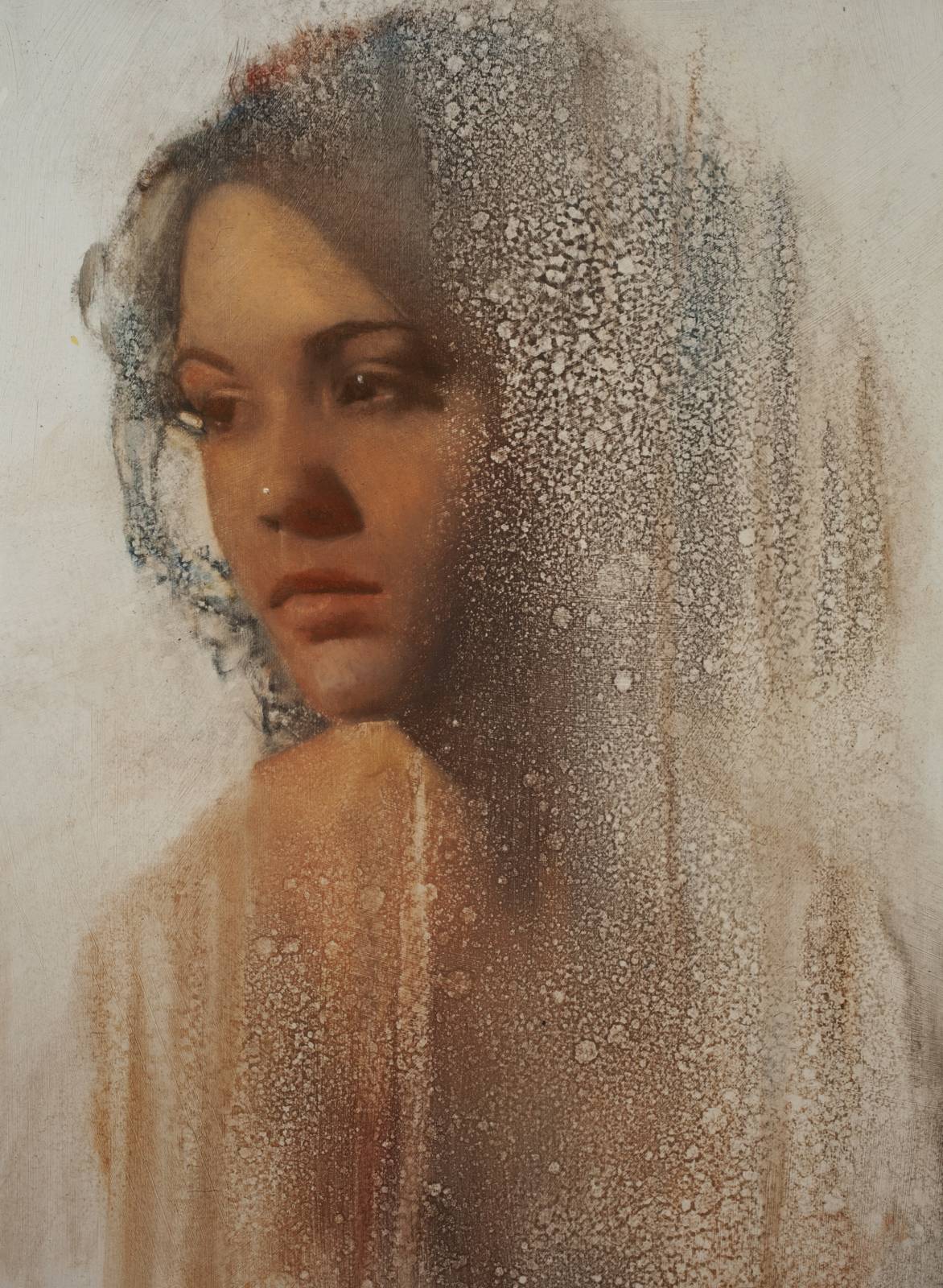


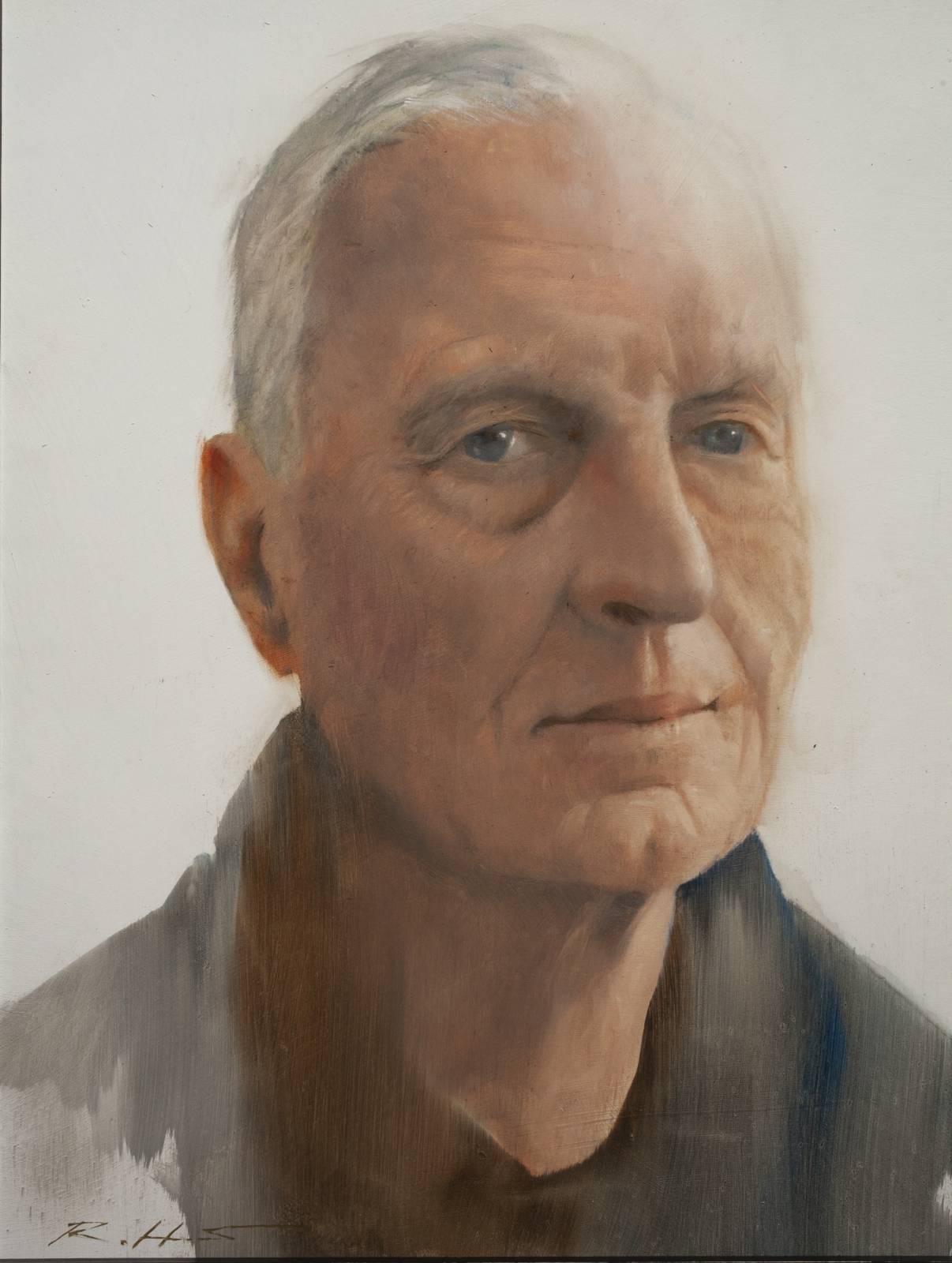
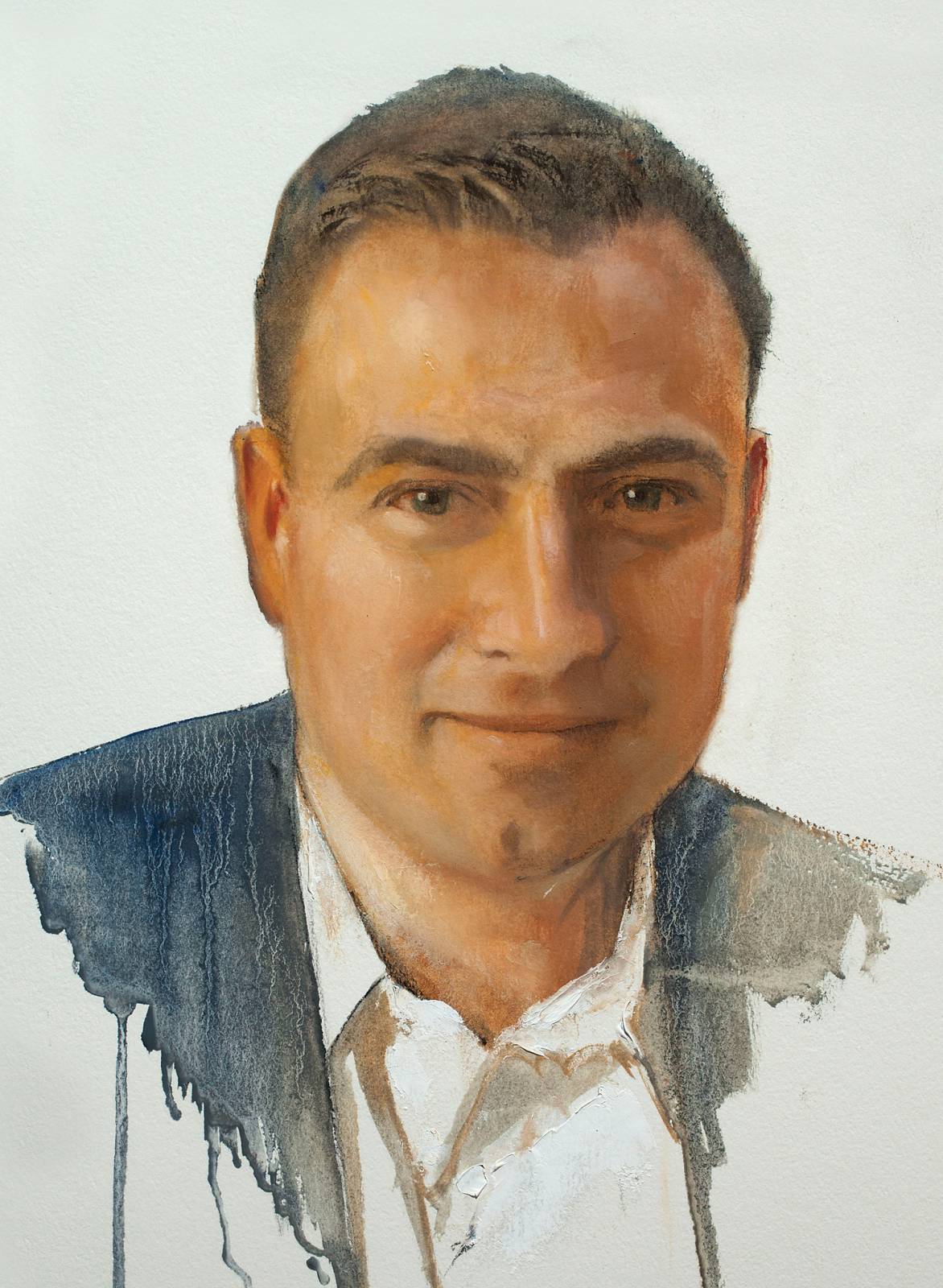

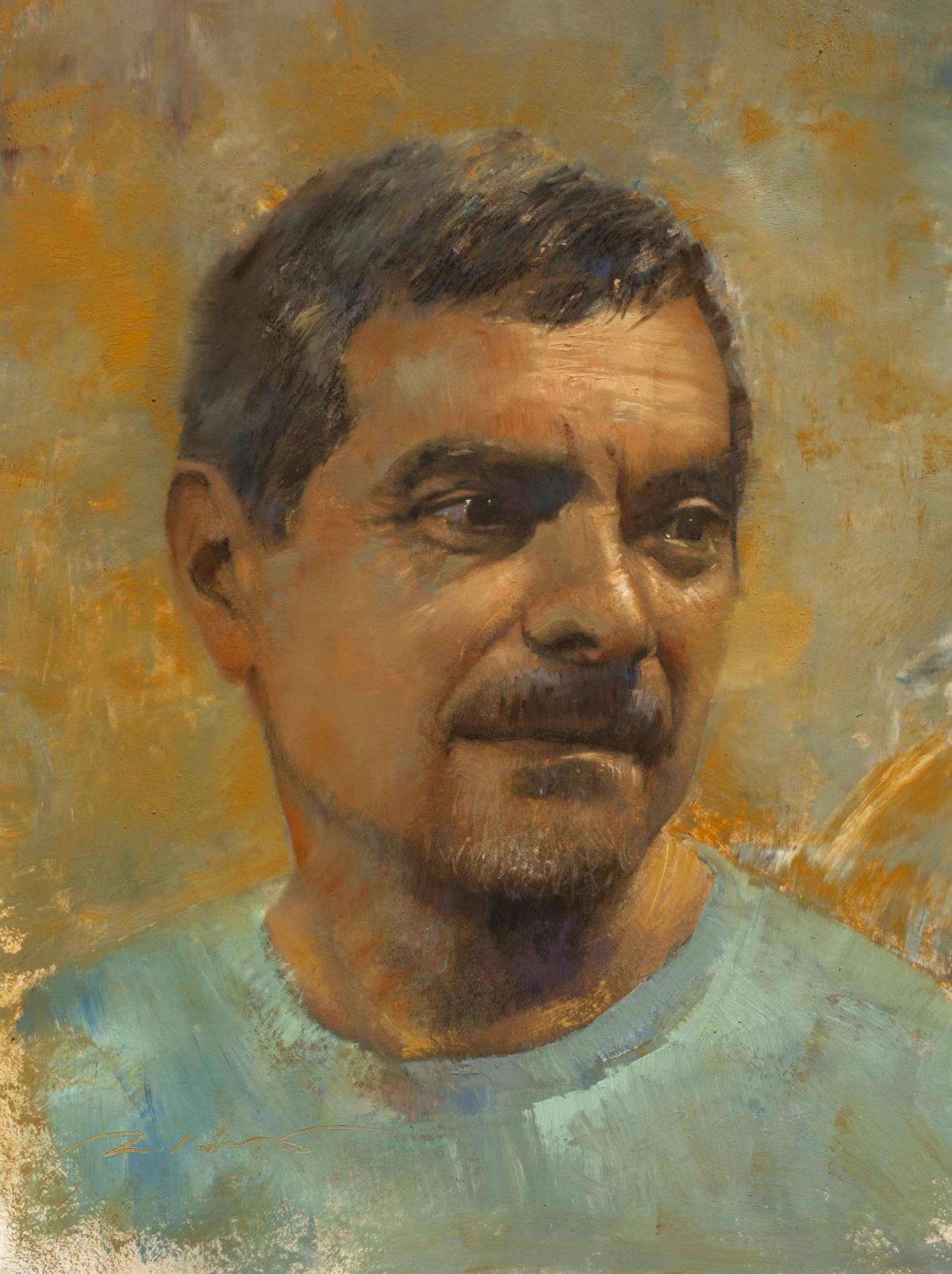
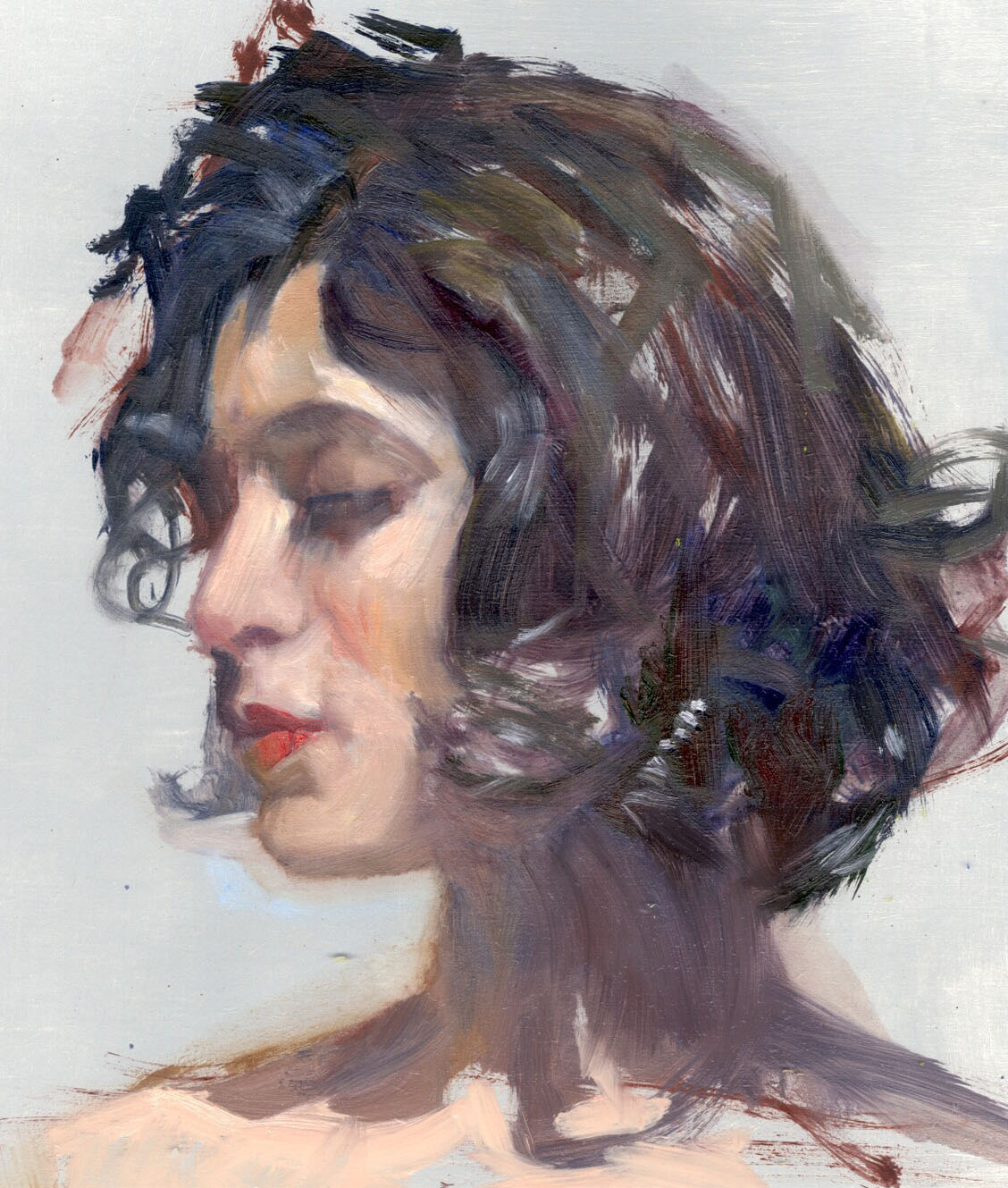

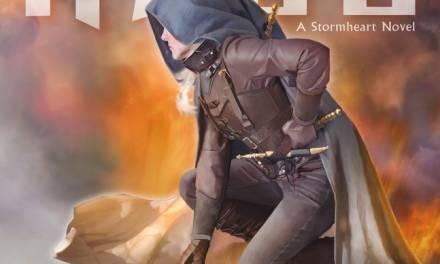
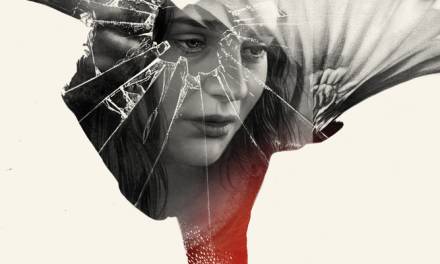
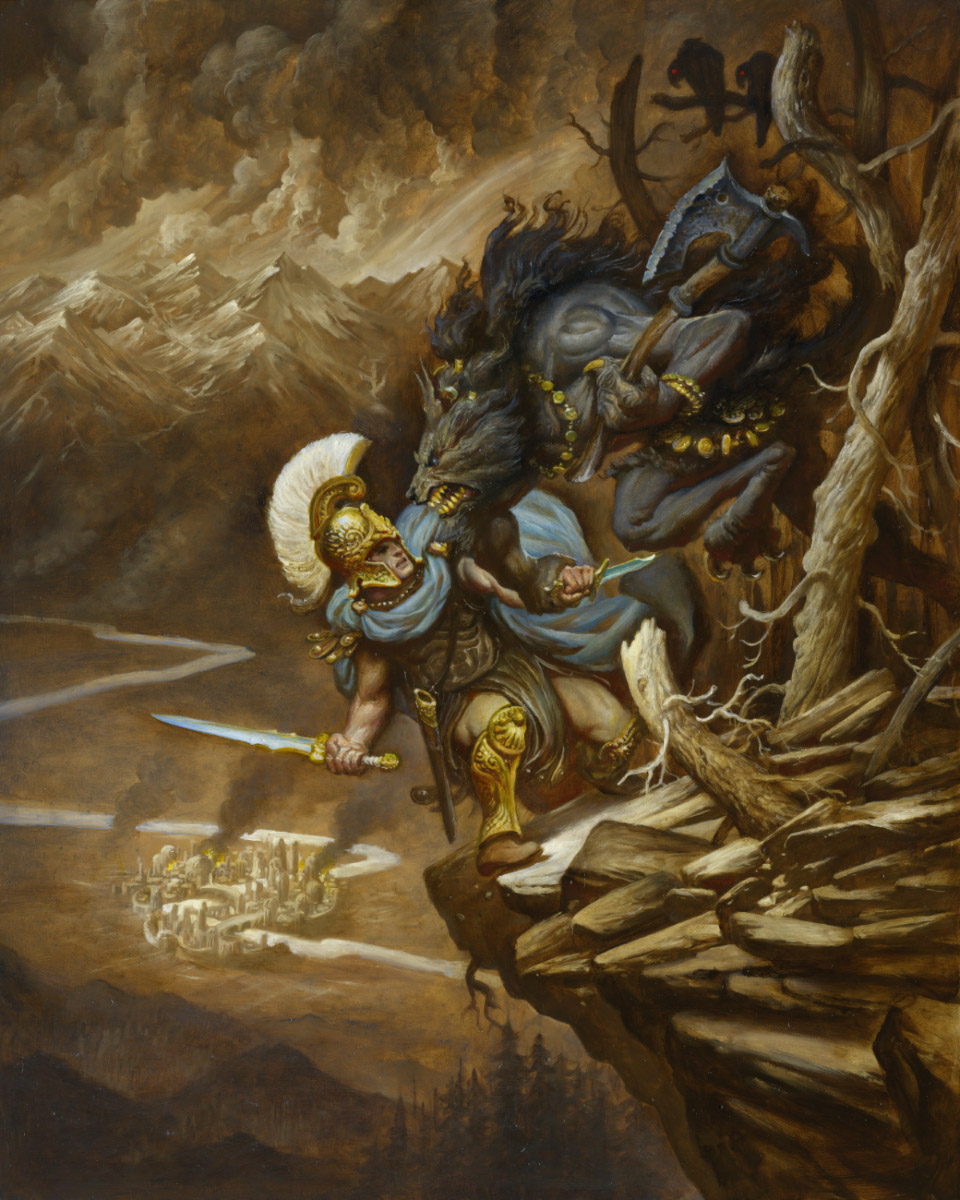

Bob . . . Once, while studying with a much older artist, I asked him how he became a portrait painter. He said he used to look at people and ask himself asking, “I wonder what makes them look so much like that.” He also used to tell us to stop and “look” every now and then. “Five minutes of lookin’ is worth an hour’s paintin’,” he’d say.
Great post! So much good stuff in there and love seeing your different approaches to portraiture. and RANDY!!! Mr Chavez was probably one of the best teachers I had in art school. Warm, encouraging, and talented. just an amazing person.
Thank you so much for this!! I’ve been practicing portraits for a couple of years now – across many mediums. I feel the pressure to do larger, more involved paintings that tell a story. But I’m fascinated at the possibility that a portrait can do that too. This is the first thing I’ve read that starts to describe portraits as more than just “painting heads”. Thank you!